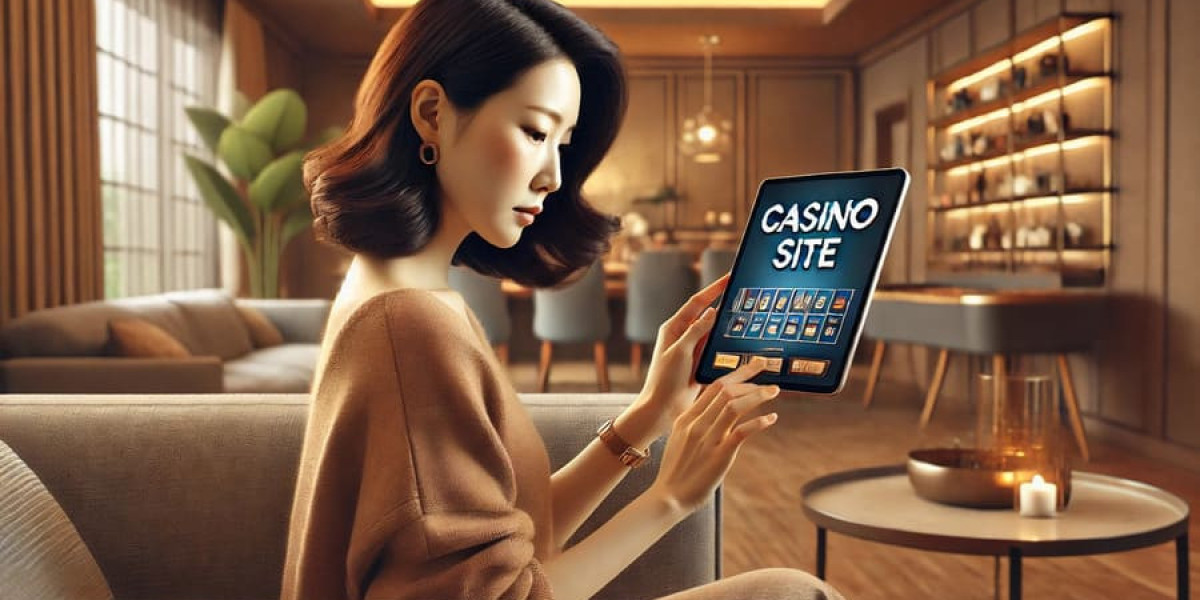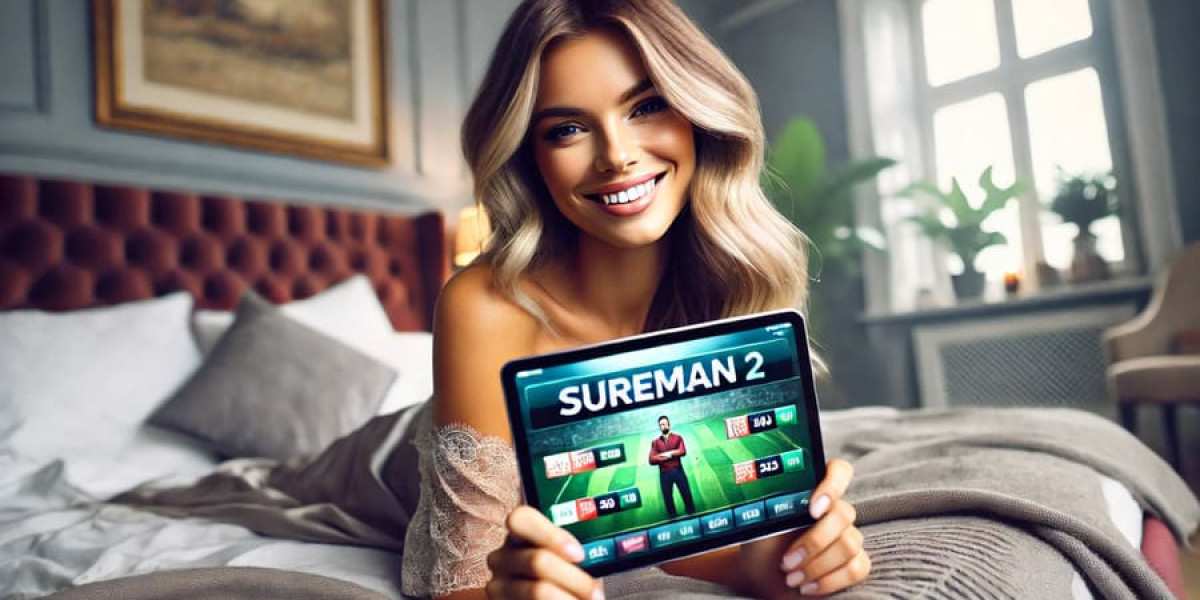In poker, we often think that skill, strategy, and luck are the three pillars that decide a game. But experienced players know there’s another factor lurking under the radar—appearance. From the hat on your head to the color of your shirt, and even the expression on your face, your outward presentation can influence how opponents perceive you and, more importantly, how they react to you.
The Psychology Behind First Impressions
Humans are wired to make snap judgments. In a poker room, opponents have only seconds to assess who you might be as a player. Are you aggressive? Cautious? A beginner? A veteran? They’ll start building these narratives about you before you’ve even played your first hand, often using visible cues like clothing style, posture, and accessories.
A player wearing a hoodie and sunglasses might be seen as defensive and hard to read, while someone dressed sharply in a blazer might be perceived as confident and in control. Even your choice of hat—whether it’s a worn baseball cap or a stylish fedora—can subtly influence how others categorize you.
Colors and the Subconscious
Color psychology plays a bigger role than you might expect. Bright colors like red or orange can project energy, dominance, and aggression, potentially making opponents tread more carefully. Cooler colors like blue or gray might suggest calmness and patience, which could cause others to underestimate your willingness to make bold moves. Players who understand these effects can deliberately dress to mislead opponents, creating a subtle but real psychological advantage.
Facial Expressions and Micro-Behaviors
Your face tells a story even when you’re silent. A neutral, relaxed expression makes it harder for opponents to pick up on your emotional state. On the other hand, a slight smirk or raised eyebrow can unintentionally signal strength or weakness. Skilled players practice controlling not just their hands and bets but also their micro-expressions. Even the tilt of your head or the way you adjust your hat can trigger subconscious responses in others.
The “Character” You Play
Some players go beyond mere clothing choices and create an entire persona. They might adopt a specific style of speech, posture, and mannerisms to reinforce a particular image—such as the “friendly amateur” who appears non-threatening but hides a razor-sharp game, or the “intimidating pro” who makes others second-guess every decision. This kind of role-playing can keep opponents off-balance and make your actual strategy harder to detect.
Online Poker and Virtual Appearance
Interestingly, appearance is not just a factor in physical poker rooms. In online games like Governor of Poker 3 (GoP3), your avatar, table items, and even your virtual accessories can influence how others play against you. A flashy, fully equipped avatar may signal a high-roller with experience, while a simpler setup might make others underestimate your skills. In a space where body language is absent, these visual cues become the new “tells.”
Strategic Takeaways
If you want to maximize your win potential, think beyond cards and chips.
Be deliberate with clothing and accessories—decide whether you want to project confidence, humility, or unpredictability.
Understand color psychology—choose colors that match or mislead about your playing style.
Master your expressions—minimize unintended signals and learn to use controlled ones to your advantage.
Build a persona—whether in-person or online, use your appearance to set a tone and influence opponent behavior.
Poker is a game of incomplete information. By controlling the one thing everyone can see—your appearance—you can subtly shape the narrative in your favor before the first card is even dealt. Sometimes, winning starts long before the flop.
To enhance your game in Governor of Poker 3, visit mmowow items to get gop3 chips and play with the confidence your image deserves.







